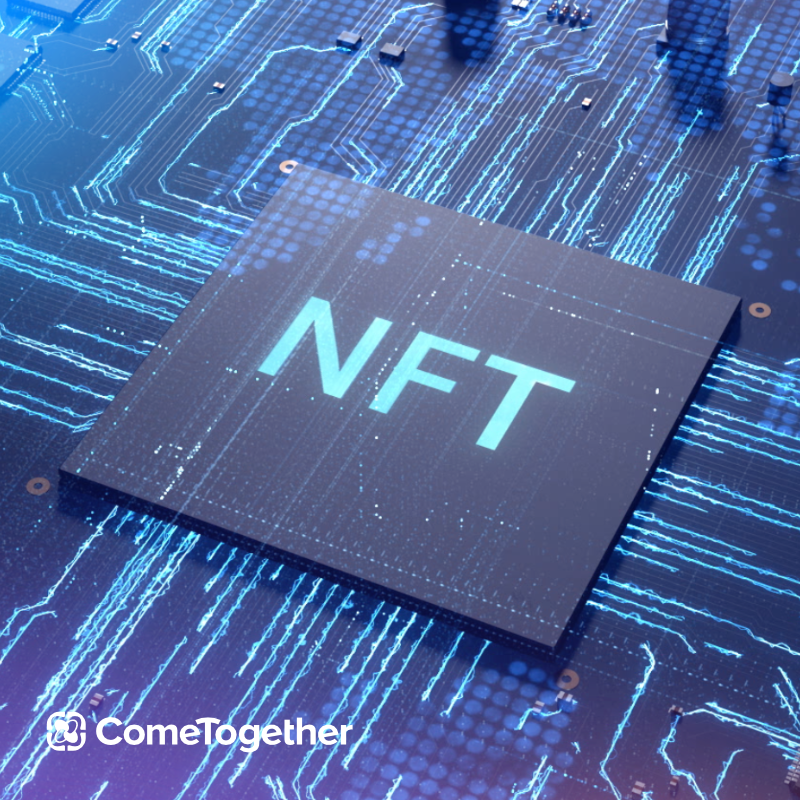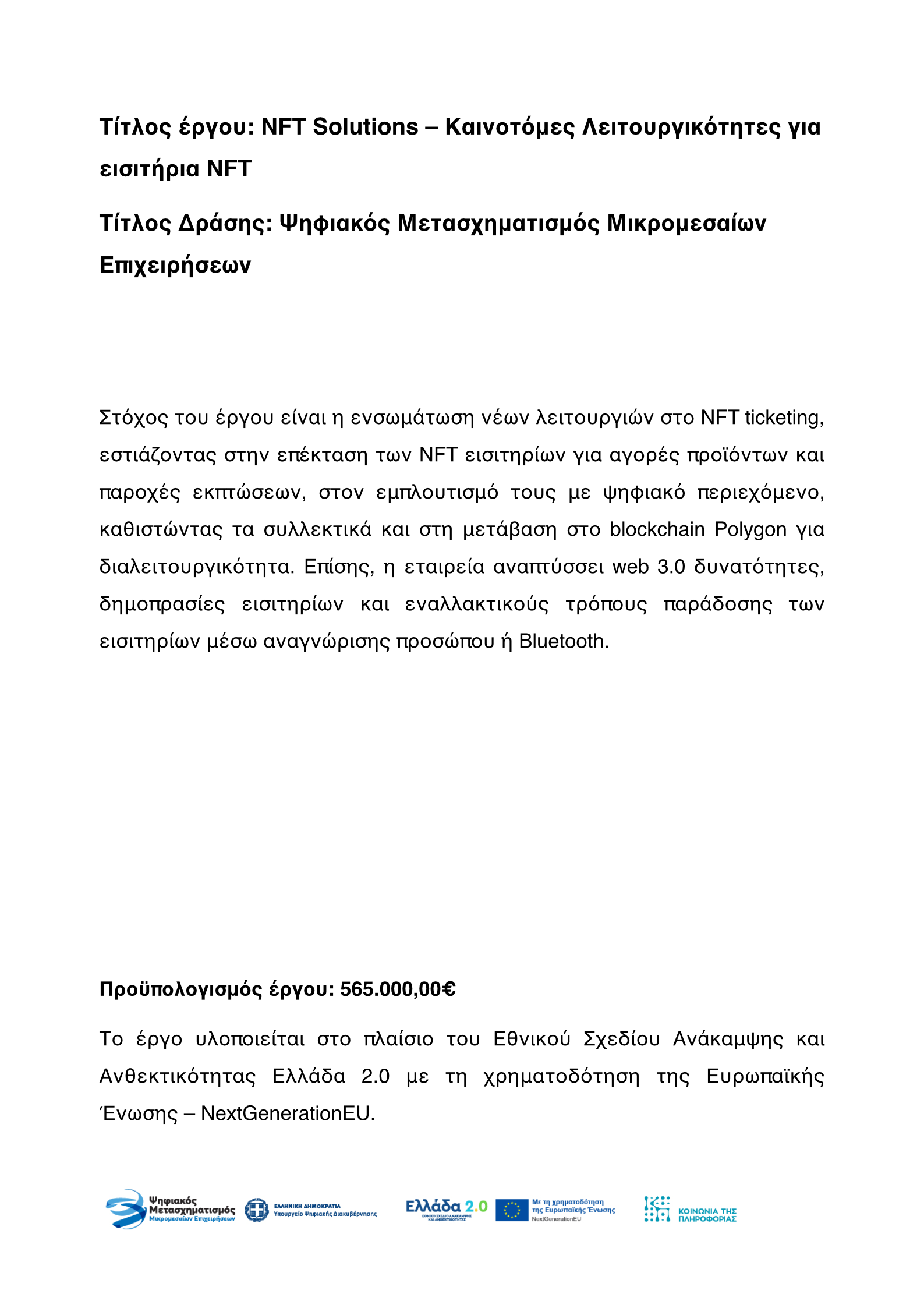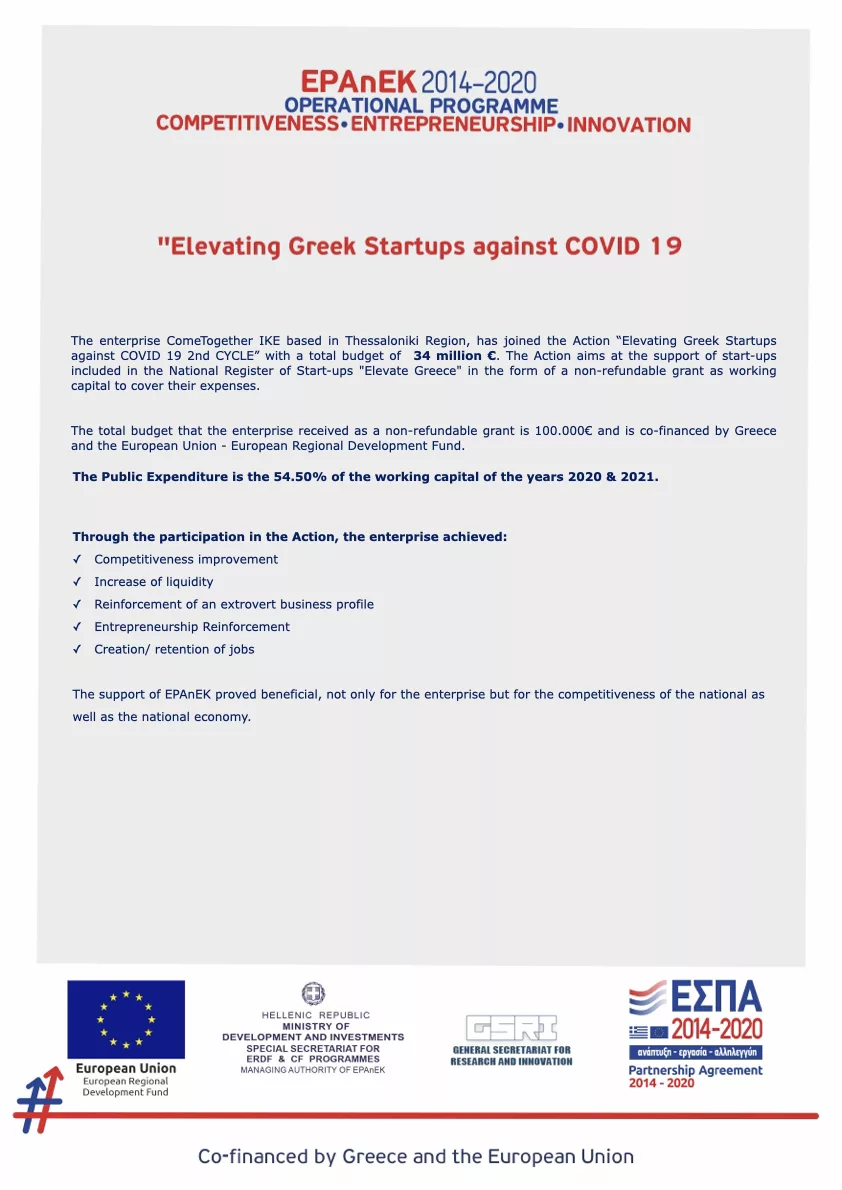Non-Fungible Tokens (NFTs) have revolutionized the digital art and collectibles market, creating a new landscape for creators, collectors, and investors. With the growing popularity of NFTs, numerous platforms have emerged, each offering unique features to cater to different needs. The best NFT platforms share several key characteristics that ensure a seamless, secure, and engaging user experience.
Key Features of the Best NFT Platforms

Safety and ease of use

A user-friendly interface is crucial for the adoption and success of any NFT platform. The best platforms offer intuitive navigation, making it easy for users to create, buy, sell, and explore NFTs. Clear menus, helpful tutorials, and a streamlined process for minting (creating) NFTs are essential features that lower the entry barrier for newcomers.
Top NFT platforms support a variety of digital assets, including art, music, videos, virtual real estate, and in-game items. This diversity attracts a broader audience and provides creators with multiple avenues to monetize their work. Supporting multiple asset types also encourages innovation and creativity within the NFT ecosystem.
Security and transparency are paramount in the NFT space. Leading platforms leverage blockchain technology to ensure that all transactions are secure and immutable. They provide detailed transaction histories and provenance information for each NFT, which is essential for verifying authenticity and ownership. Smart contracts automate and enforce transaction terms, adding an additional layer of security.
Loads of benefits for fans and organizers

High gas fees on some blockchains, such as Ethereum, have been a significant barrier for many users. The best NFT platforms address this issue by integrating with more efficient blockchains or using layer-2 solutions to reduce transaction costs. These platforms offer competitive fees for minting, buying, and selling NFTs, making the process more affordable for creators and collectors alike.
Community engagement is a cornerstone of successful NFT platforms. The best platforms offer robust social features, including forums, chat functions, and integrated social media sharing. These features facilitate interaction among users, fostering a sense of community and collaboration. Active communities also contribute to the platform’s growth by promoting NFTs and attracting new users.
To support and encourage creators, top NFT platforms implement royalty systems that ensure artists receive a percentage of sales every time their NFT is resold. This feature provides a continuous revenue stream for creators and incentivizes them to produce high-quality content. Additionally, some platforms offer grants, competitions, and other incentives to attract and retain top talent.
Interoperability
Interoperability is an important feature for the future of NFTs. The best platforms work towards cross-platform compatibility, allowing NFTs to be used across different ecosystems and marketplaces. This flexibility enhances the utility and value of NFTs, making them more attractive to both creators and collectors.
Access to detailed analytics and tools is essential for both creators and collectors. Leading NFT platforms provide comprehensive dashboards that offer insights into sales trends, audience demographics, and asset performance. These tools help users make informed decisions and optimize their strategies for creating and trading NFTs.
Given the environmental concerns associated with blockchain technology, many top NFT platforms are committed to sustainability. They adopt eco-friendly practices, such as using proof-of-stake (PoS) blockchains, which consume less energy compared to proof-of-work (PoW) systems. Some platforms also contribute to environmental initiatives to offset their carbon footprint.
Excellent customer support and educational resources are vital for user satisfaction. The best NFT platforms offer responsive customer service and provide extensive resources, including FAQs, guides, webinars, and support forums. These resources help users navigate the platform, troubleshoot issues, and stay informed about the latest developments in the NFT space.
In conclusion, the best NFT platforms combine user-friendly design, security, cost-efficiency, and community engagement with strong support systems and innovative features. These attributes create a robust environment for the thriving NFT market, benefiting creators, collectors, and the broader blockchain ecosystem.
Table of Contents
– Definition of NFT Platforms
– Importance in the Digital Economy
– User-Friendly Interface
– Wide Range of Supported Assets
– Secure and Transparent Transactions
Benefits for Fans and Organizers
– Low Fees and Efficient Transactions
– Strong Community and Social Features
– Creator Royalties and Incentives
– Cross-Platform Compatibility
– Comprehensive Analytics and Tools
– Environmental SustainabilityCustomer Support and Education
FAQs
What is an NFT platform?
An NFT platform is a digital marketplace where users can create, buy, sell, and trade Non-Fungible Tokens (NFTs). These platforms provide the infrastructure for the secure and transparent exchange of various digital assets like art, music, videos, and virtual goods.
Why is a user-friendly interface important for NFT platforms?
A user-friendly interface makes it easier for users to navigate the platform, mint NFTs, and engage in transactions. Intuitive design lowers the entry barrier for newcomers and enhances the overall user experience.
What types of digital assets can be supported by NFT platforms?
The best NFT platforms support a wide range of digital assets, including artwork, music, videos, virtual real estate, and in-game items. This diversity attracts different types of users and provides various monetization opportunities for creators.
How do NFT platforms ensure transaction security and transparency?
NFT platforms use blockchain technology to secure transactions and maintain transparency. Blockchain provides an immutable record of all transactions, ensuring authenticity and ownership can be verified. Smart contracts automate and enforce transaction terms, adding an additional layer of security.
What are gas fees, and how do platforms address them?
Gas fees are transaction fees required to execute operations on a blockchain, like minting or transferring NFTs. High gas fees, particularly on Ethereum, can be a barrier for users. Top platforms address this issue by integrating with more efficient blockchains or using layer-2 solutions to reduce costs.
Why is community engagement important for NFT platforms?
Community engagement fosters a sense of belonging and collaboration among users. Social features like forums, chat functions, and integrated social media sharing facilitate interactions, promoting the platform and attracting new users.
What are creator royalties, and why are they important?
Creator royalties ensure that artists receive a percentage of sales every time their NFT is resold. This feature provides a continuous revenue stream for creators, incentivizing them to produce high-quality content and benefiting from the secondary market.
What does cross-platform compatibility mean in the context of NFTs
Cross-platform compatibility allows NFTs to be used across different ecosystems and marketplaces. This interoperability enhances the utility and value of NFTs, making them more attractive to both creators and collectors.
How do analytics and tools benefit users on NFT platforms?
Comprehensive analytics and tools provide users with insights into sales trends, audience demographics, and asset performance. These resources help creators and collectors make informed decisions and optimize their strategies for creating and trading NFTs.
What measures are NFT platforms taking to ensure environmental sustainability?
Many top NFT platforms are adopting eco-friendly practices, such as using proof-of-stake (PoS) blockchains, which consume less energy compared to proof-of-work (PoW) systems. Some platforms also contribute to environmental initiatives to offset their carbon footprint.
Why is customer support and education important on NFT platforms?
Excellent customer support and educational resources ensure users can navigate the platform, troubleshoot issues, and stay informed about the latest developments. This support enhances user satisfaction and promotes a more robust and engaged user base.
What makes a platform “the best” in the NFT space?
The best NFT platforms combine user-friendly design, security, cost-efficiency, and community engagement with strong support systems and innovative features. These attributes create a robust environment for the thriving NFT market, benefiting creators, collectors, and the broader blockchain ecosystem.

















